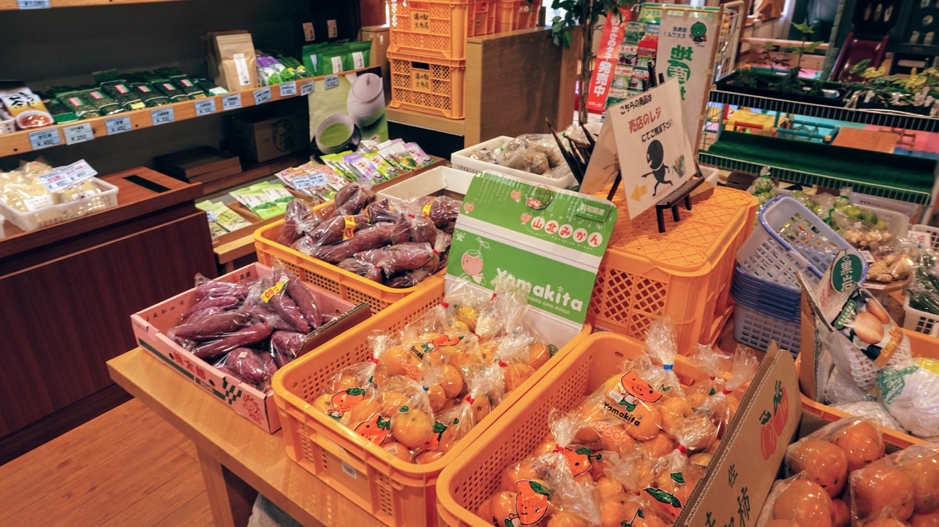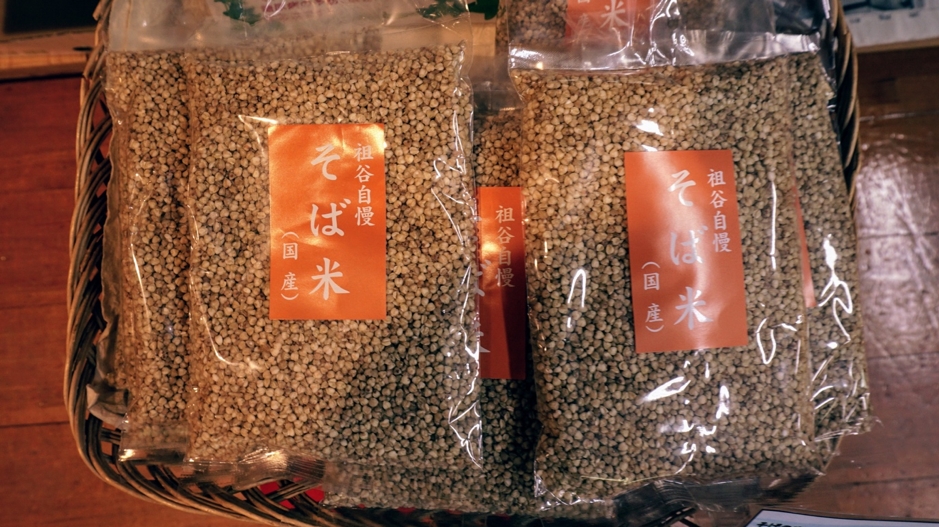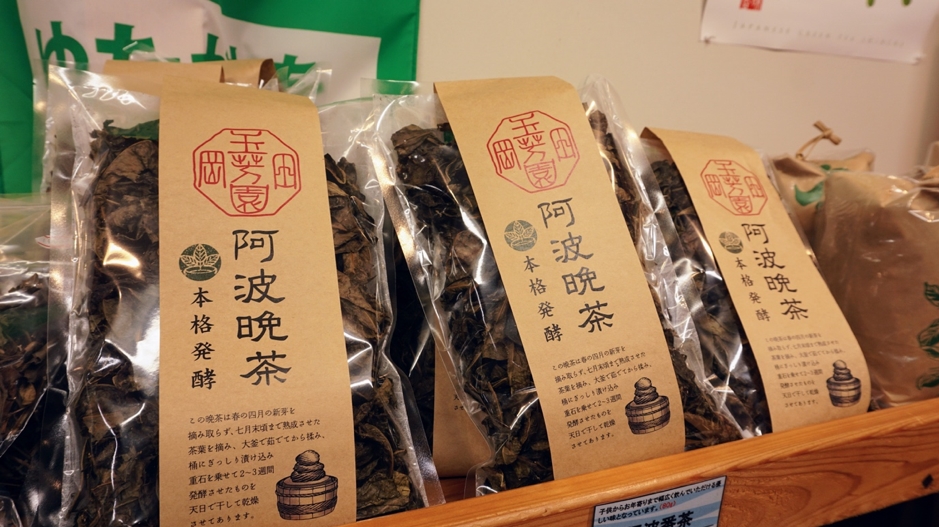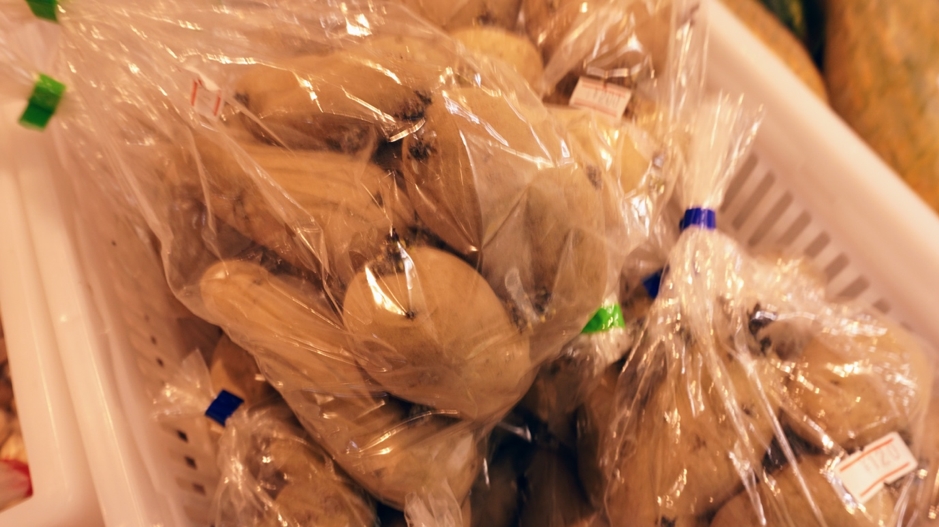NEWS
- TOP
- Rare Foods You Can Find in Awa-Ikeda
Rare Foods You Can Find in Awa-Ikeda

The farming methods developed by the forefathers, utilizing the cold climate and steep terrain of the mountains, are still in use today, and these methods have been recognized as a Globally Important Agricultural Heritage System.
The unique foods of Awa-Ikeda have a gentle flavor built on this long enduring love.
Sobagome

“Sobagome” is soba (buckwheat) that has been hulled.
Because rice could not be grown in the Iya region, it is said that sobagome originated with the Heike no Ochudo using soba in place of the rice they had previously used in the city.
It has a pleasant grainy texture and is a healthy food that is gentle on the body.
Awabancha

With large differences in temperature during the day and during the night in Miyoshi, tea has been cultivated since ancient times. Each house grew tea in their own garden, and they each had their own household tea that they drank.
Awabancha is not made from the remnants of normal first grade tea or second grade tea, but rather it is made from fully developed first grade tea leaves. It is said that the name bancha derives from the fact that it was harvested late, with “ban” meaning evening.
After the tea leaves are boiled in a pot and strained they are fermented in a tub for one to two weeks then dried in the sun, making for a late fermented tea that is unique throughout the world.
Please enjoy a cup of this rich tea with a refreshing sour finish.
Iyatofu (Iwatofu)
This tofu is made from water that flows from the base of Mount Iya and carefully selected soybeans, sealing in the flavor of the soybeans themselves and giving the tofu a solid texture.
It is said the the tofu was strong and solid enough to be bound crosswise with rope and transported over mountain roads, giving birth to the name “iwatofu,” with “iwa” meaning stone.
It is an essential ingredient in “dekomawashi,” a special dish in the Iya region.
It is also delicious boiled or served chilled.
Goushuimo (Genpeiimo)

Cultivated during the Man’en Era (1860) in the eastern Iya region, this food has been passed down generation after generation, and it is also used in the Iya dish “dekomawashi.”
Just like with awabancha, in most cases each house grew their own, and they have recently been commercialized as “genpeiimo.”
They are particularly suited to being grown at high altitude on steep slopes, and when grown in normal fields they become soft and lose their texture.They have a rich flavor and stay solid during cooking, so they are perfect in boiled foods like curry.
They are considered an endemic species to Japan (the eastern Iya region), but it is unknown how they came to Japan, and some believe they were originally from the Andes.
